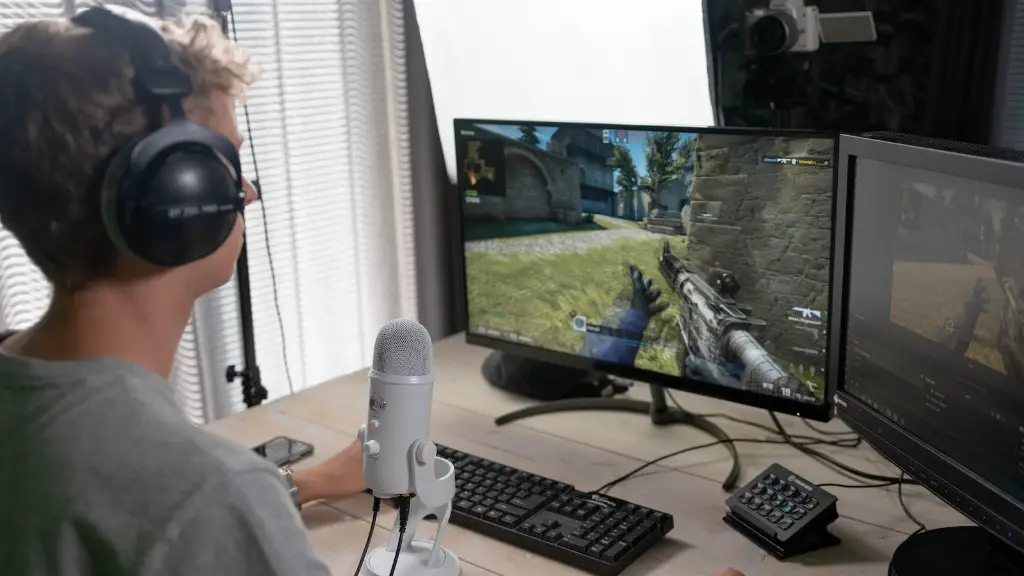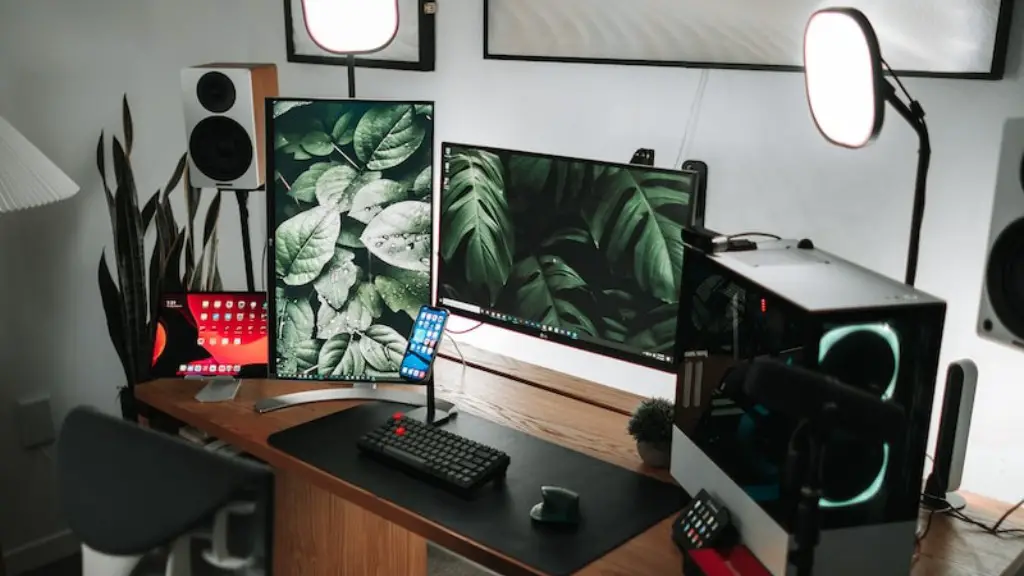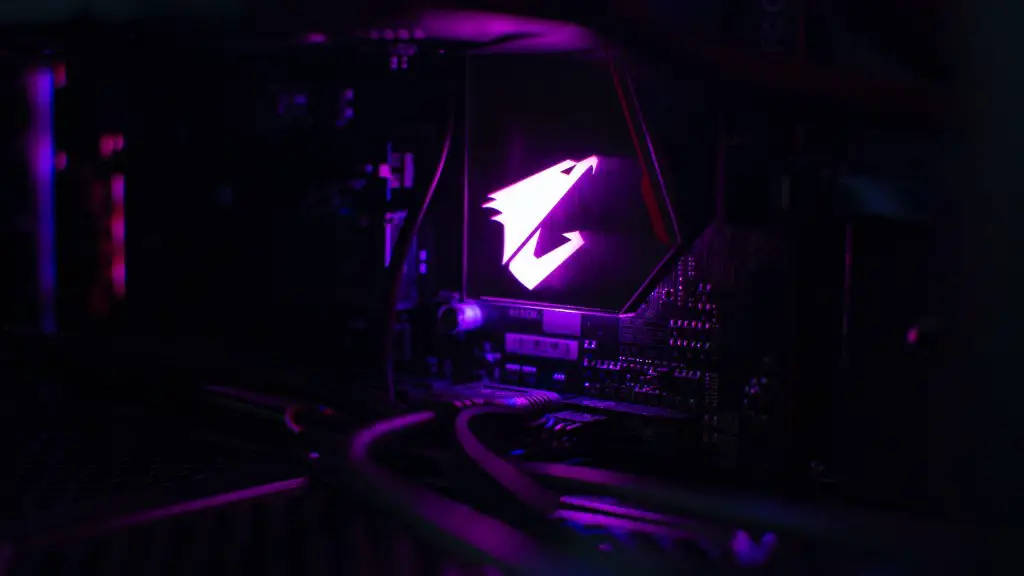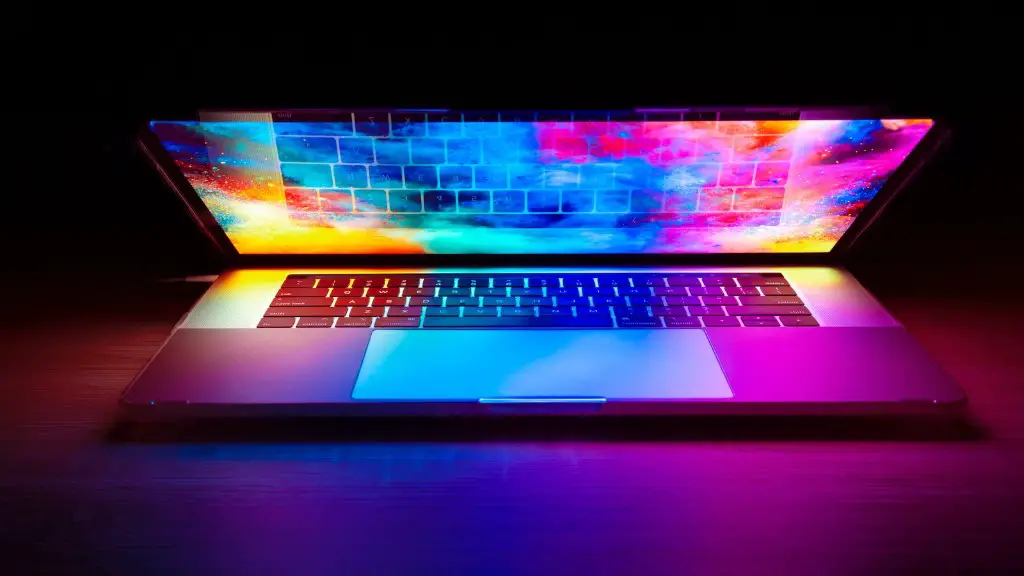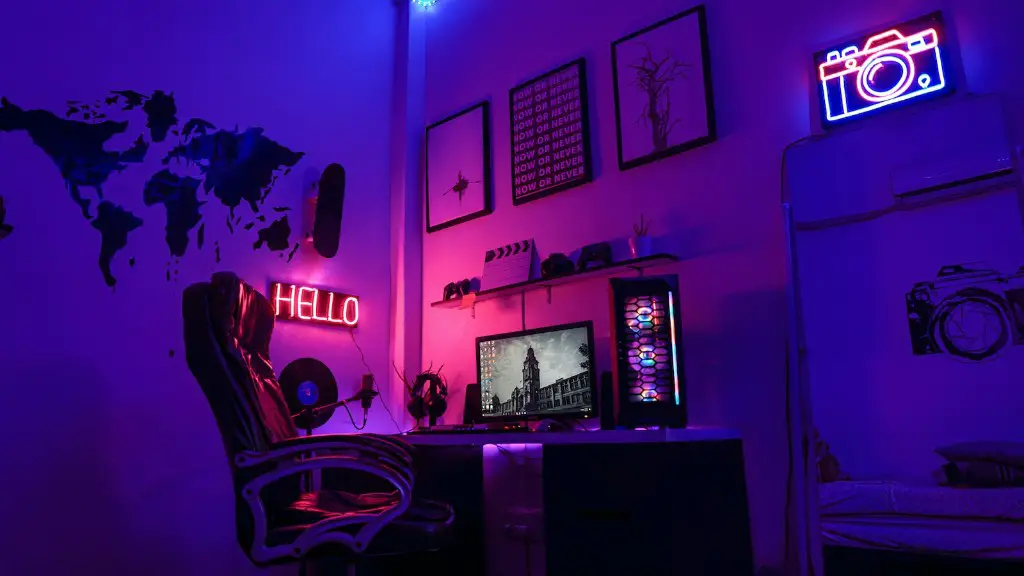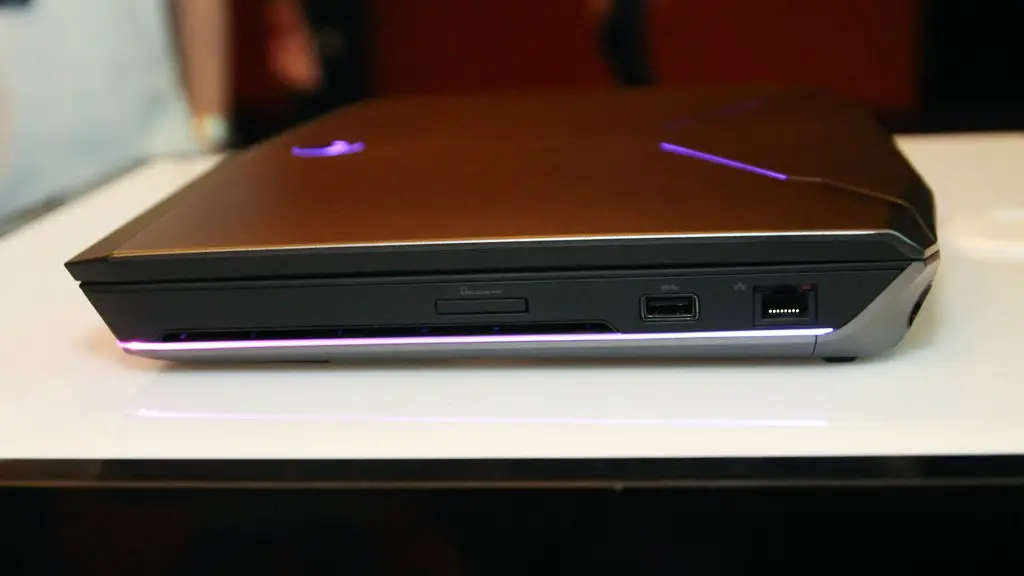Building your own gaming PC can be a daunting task, but it’s also an incredible experience. Knowing the basics of what you need to construct a gaming PC is critical in the process. Assembling your own gaming PC will ultimately save you money, as you can be selective in the components you buy and not splurge on options you don’t need. To get started, you’ll need a few crucial items:
The first step in building a gaming PC is to purchase a processor, also known as a CPU. You should choose one that’s compatible with your motherboard and can handle the workload of gaming. Make sure you select a processor with the necessary speed, cores, and threads for the games you expect to play. Additionally, you’ll need a motherboard, which acts as the main hub for all your components. When selecting a motherboard, look for the correct socket and chipset for your processor, a suitable form factor for your rectangular PC case and the necessary support for additional components such as RAM and graphics cards.
GPU is the most important component when it comes to gaming. Your graphics card is responsible for rendering images and video for your monitor. If you’re buying a gaming PC, you’ll want to invest in a high-end graphics card that’s capable of handling the latest games and potential hardware upgrades. RAM typically comes in two forms: DDR3 and DDR4. As a general rule, the more RAM you have, the better.
The power supply unit is the component that supplies the electrical power to the other components. The size of your PSU is dependent on the components it will be powering. For instance, a gaming PC with a powerful processor and graphics card will require a larger PSU than a basic PC. Storage is an also essential component in any gaming computer. You’ll need a hard drive, which stores programs and data, as well as an SSD for faster performance times. SSDs can be pricey, so buying one with the correct size for your gaming PC’s needs will save you money in the long run.
Finally, all the components need to be housed in the PC case. Learn what size your motherboard, graphics card, and other internal components are; most cases have measurements noted on their product page, so look to see if yours do as well. You’ll also want to take into account the number of cables the case must support, the type of cooling it needs, and the size of your monitor.
Types of Components
There are dozens of types of components needed to build a PC, all of which have different price points, functions, and form factors. For example, a central processing unit (CPU) is the processor within a PC. A CPU handles everything from basic commands, processes, and calculations. It’s usually characterized by number of cores and clock speeds. When choosing the appropriate CPU for your PC, consider the type of games you’ll be playing, how power-intensive the system needs to be, and the cost of the processor.
The motherboard is the main component of a PC; it’s responsible for connecting all the other components together. It acts as the one central hub that the graphics card, RAM, CPU, hard drive, and other components must connect to. It’s important to select the right motherboard for your build, as it determines what type of CPU, RAM, and storage devices you will be able to use.
The graphics processing unit (GPU) is responsible for rendering images and video for your monitor. Investing in a high-end graphics card that’s capable of handling the latest games and potential hardware upgrades is imperative if you’re building a gaming PC. It’s also important to consider the size and power requirements of the card in order to ensure it will fit into your case, and that the power supply can handle the load.
Random access memory (RAM) is another important component for a gaming PC. It functions as the short-term memory of the computer, quickly processing the data the computer needs for gaming. More RAM generally equates to better performance, as it allows game data to be loaded faster. Select the appropriate RAM for your PC build, as many components are not compatible with every type.
The power supply unit (PSU) is a critical component as it supplies the electrical power to the other components. Generally, a gaming PC will require a large power supply with a higher wattage; however, it is important to make sure the power supply can handle the load of the components it will be powering.
Building the Computer
Once you have selected the components, you will need to assemble the computer. This is not a difficult process, but it is important to do it step by step. First, make sure that all of the components are compatible with each other. Do not put any of the components in the case until you are certain that they are compatible. Then, make sure to handle the parts with care as to not damage them.
Next, you will need to install the motherboard into the PC case. This is done by attaching the necessary screws to the back of the motherboard. It is important to make sure that the screws are tight so that the motherboard does not move around. Then, connect the power supply to the motherboard in order to power it.
You will also need to attach the graphics card, CPU, and RAM to the motherboard. To do this, you will need to make sure that the components are inserted into the correct slots. There will likely be a diagram on the motherboard that indicates where each component should be placed. For example, the RAM will likely be placed in the RAM slots.
After the components have been installed on the motherboard, you will need to connect the HDD and SSD to the motherboard. You will need to connect the power and data cables to the drive in order to enable it. Then, you will need to install the fan and optical drive. Connect the cables for the fan and optical drive to the motherboard, and ensure that all of the cables are connected correctly.
Firmware and Software
Once all of the components are connected and securely installed in the PC case, the next step is to install the firmware and software. The BIOS (Basic Input/Output System) is the firmware that is necessary to get the PC running. The BIOS is responsible for initializing the hardware for a successful system startup. The BIOS will be installed by downloading it from the motherboard manufacturer’s website, and transferring the file via a USB drive and booting the system into the BIOS.
After the hardware is set up, the operating system is installed. The popularity of Windows and Apple OS makes them the most common choices, but other operating systems are available as well. Once the operating system is installed, the most important software, such as the antivirus, can be installed. Any other software needed can also be downloaded from the internet.
Testing the Components
Before putting the PC case back together, test the power of the components by connecting the power supply and turning it on. Make sure all of the hardware is functioning properly and that the cooling setup is suitable. Also, be sure to check your display before putting the rest of the components together. Once all of the components have been checked, put the PC case back together and test the gaming PC on a game.
If done correctly, your gaming PC should be able to support any gaming needs; from casual gaming to intensive processing, you should be able to accomplish what you need. If all else fails, consider overclocking your components to improve performance and play. Overclocking is more suitable for experienced PC builders, as it can be difficult to configure and set up, but it can make your gaming PC faster.
Additional Components
Once your gaming PC is put together and tested, consider purchasing additional components. A keyboard, mouse, and monitor are all necessary for using the PC. Depending on the type of games you plan on playing, you may want to invest in a gaming mouse, a gaming keyboard, and a monitor with a higher resolution. Picking a gaming headset can also be beneficial, as it provides a more immersive experience when gaming.
Also, any games that you plan on playing must be purchased. Popular games can be found in the many digital marketplace stores, such as Steam, GOG, and Origin. Consider downloading titles that are on sale, or pre-order upcoming games in order to get the lowest possible price. Purchasing DLC packs, expansions, and other forms of content can also be beneficial in experience.
Peripherals are also an important aspect of any gaming PC. Consider buying an external hard drive, or even a second internal hard drive, to store data and games. A gaming chair is a great addition to any gaming PC, providing comfort and support during extended gaming sessions. Any of these peripherals can drastically enhance the gaming experience.
Longterm Care of Your Gaming PC
Once your gaming PC is complete, maintaining it should be a priority. Make sure to clean all of the components regularly, as dust can impair performance. Additionally, check the components often for any signs of wear and tear, as a damaged component can cause issues. Consider using a software utility to monitor the components and make sure that none of them are malfunctioning.
Also, be sure to update the components often. New drivers, firmware, and software will help fix any bugs and improve the performance of the PC. Updates can also reduce the chances of a serious hardware malfunction and increase security on the system. Keep in mind that the best way to maintain the PC is to make sure that everything is running correctly and that updates are done regularly.
Components in your gaming PC are prone to failing over time, so it is important to have some spares handy. If a component fails, it is easier to replace it with a spare than to wait for a replacement part to arrive. It is recommended to purchase components in bulk, in order to make sure that you do not run out when the time comes.
